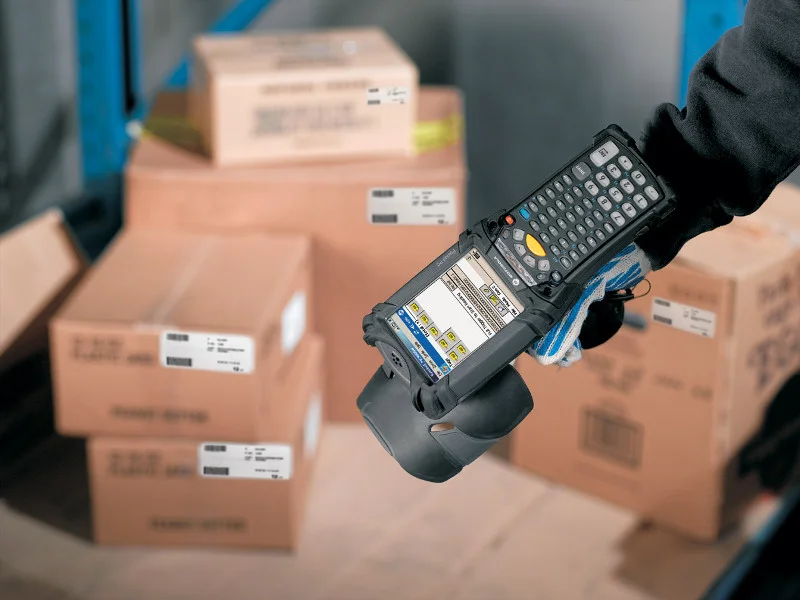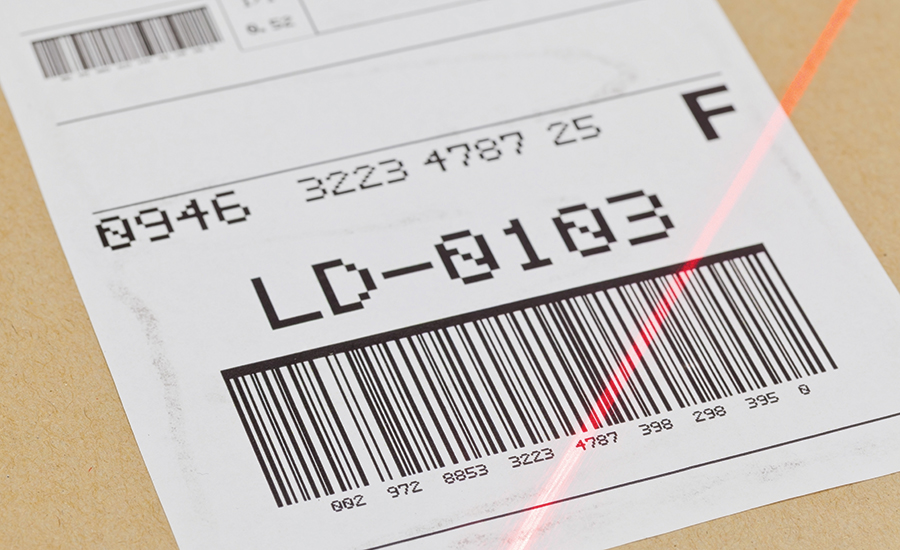Track-and-Trace
Where did this product/package come from? Inquiring minds—such as safety conscious consumers—want to know.

A common example of track-and-trace is bar coding, which is a cost-effective method used to implement traceability at both the item and case-level. Another technology associated with track-and-trace that one might refer to is RFID and its role in supply chain. This code-carrying technology can be used in lieu of a barcode to enable non-line of sight-reading.
Right now, there are three types of technologies used to print bar codes: inkjet, laser and thermal transfer and direct thermal.
The global food traceability market (tracking technologies) is expected to grow at a CAGR of 8.7 percent, reaching expected revenue of $14.1 billion by 2020. That’s according to a new market research report, Food Traceability Market (Tracking Technologies) Global Industry Analysis, Size, Share, Trends, Opportunities and Forecast, 2012 – 2020, published by Allied Market Research.
Radio-frequency identification (RFID) technology is expected to grow at the highest rate of 19.4 percent among all technologies of food traceability market. The reason for the high growth rate of RFID is real-time tracking of food items irrespective of weather conditions or location. Accurate read-write ability in complex environment is also a significant advantage of this technology.

